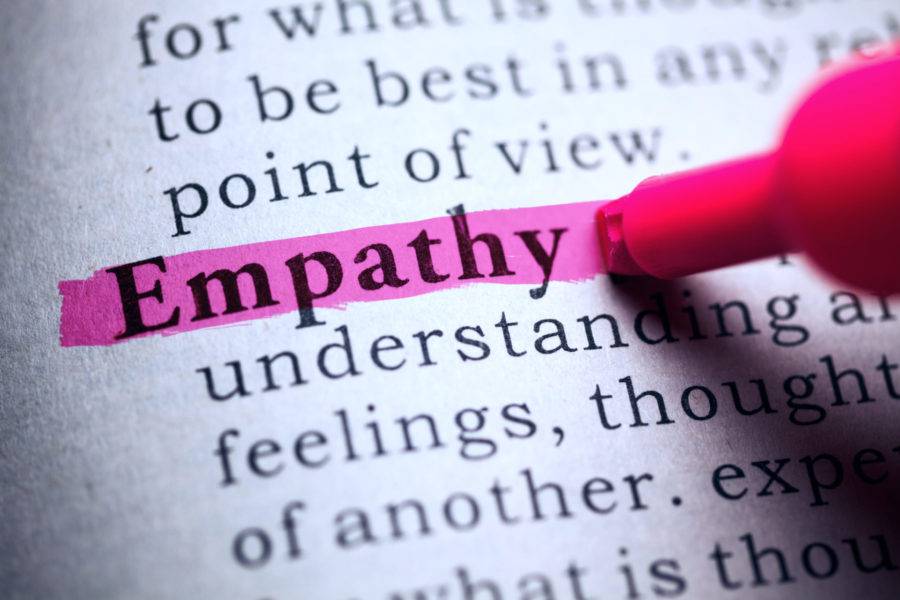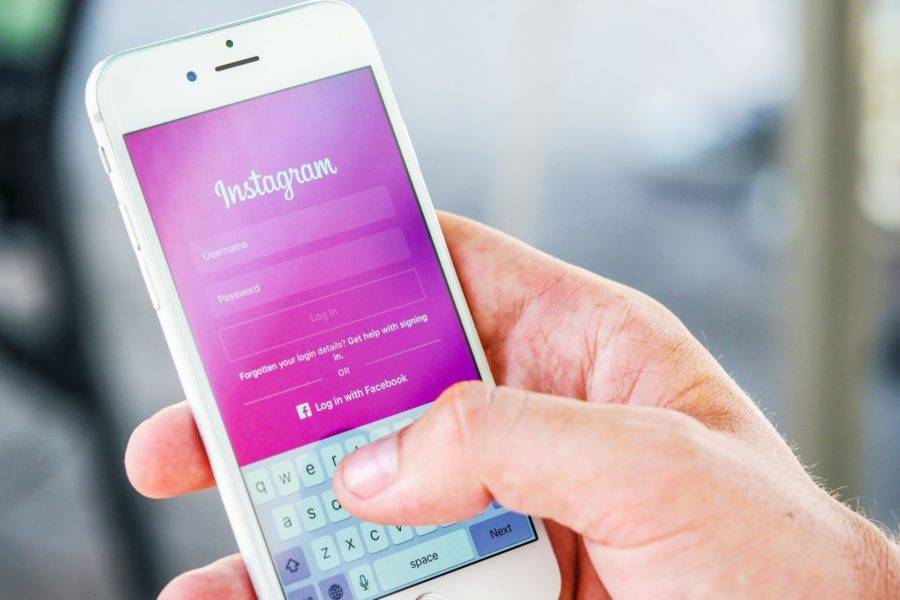Logos are the most customer-facing part of a company’s brand. Not only should the logo represent the company’s personality but also encompass the overall message that the company stands for. The biggest mistake new businesses make in relation to their logo design is not thinking through the logo’s purpose and what they are trying to communicate to their target audience.
Logos are the most customer-facing part of a company’s brand. Not only should the logo represent the company’s personality but also encompass the overall message that the company stands for. The biggest mistake new businesses make in relation to their logo design is not thinking through the logo’s purpose and what they are trying to communicate to their target audience.
Many new business owners come to us to ask for help in designing their logos; some have a predetermined idea as to what they think the logo should look like, and others have no idea at all but instead have specific goals as to what they need their logo to communicate. The latter is the better approach but let’s look at this a little deeper to help you work out if you might be taking the wrong approach to your own logo design project.
First, let’s take a look at a made-up example.
A new business is started and they have no branding at all; just the name FitoutAccounts. They are a partnership business of two intelligent women, one an accountant and the other, a bookkeeper. They work with construction and fitout businesses to streamline their online accounting systems that give their customers a better understanding of the information they have available. This helps their clients make faster and better-informed decisions through easily-understandable analysis and insights.
FitoutAccounts say they have rented a beautiful office that has marble benches and they love how rose gold matches marble. They have styled the office to suit and all of their shop-bought stationery is white with rose gold foil so everything they send out to clients is of a consistent style. They love hand-drawn inspirational quotes and have framed a few to display in their meeting room for when they speak with their clients in person. They want their logo to match the styling of their office so everything is in keeping. They explain that because this style represents their own personal style that this is the right way to go with the logo and overall brand visuals as it is a reflection of their personalities. Oh yeah, and they love pink.

There are a few obvious things that I’m sure you can pull out of this example that don’t quite sit right, but there are a few less obvious problems with this approach.
Here are the important things we’d take from this quick briefing:
Name: FitoutAccounts
Existing customer base: Construction and fit-out
Product/service offering: Accounting and Bookkeeping
Benefits of product/service: streamlining accounting/bookkeeping to give their customers more power to make better/faster decisions. Better decisions = increased business prowess
Existing visual infrastructure: Rented office space with marble features, rose gold and white stationery, hand-drawn inspirational framed quotes.
Visual preferences: they love pink
From this, you can tell there are some useful pieces of information that are business-related and some that are personal. The biggest problem that this company and many other companies have is that they see the business as something that they are selling to themselves. It’s their ‘baby’ and they want it to be a reflection of what they love.
The problem is that what they love is not necessarily what appeals to their target market.

FitoutAccounts should instead be thinking strategically first and thinking about their target audience, what their own offering is and what their unique selling proposition (USP) is to that audience. Once you know who you are, what you represent and who you are talking to, only then can you even think about designing an effective logo to pull these elements together.
Our advice to FitoutAccounts would be:
Brand Strategy first
Firstly you need a brand strategy including brand positioning. This will help you work out exactly who you are, who you are talking to and what it is about your business that is unique and sets you apart from your competition.
Logo and Brand Identity Design
We can then move on to the design of the logo and brand identity. This process uses your brand strategy to direct the design styling to appeal to the target audience but also includes a rationale that tells a story about your product/service offering or even the way you do business. E.g. if FitoutAccounts is all about streamlining information to allow businesses to make better decisions, then the visual shouldn’t appear overly busy. It should look clean, professional and precise in tone and styling. But more than that, your logo be a symbolic representation of your business values and what you do. Logos weren’t meant to be just a pretty thing, they are a serious business asset that you can build values and meaning into over time.
With careful execution, your logo as part of your brand, could be your biggest asset.
Consider your target market
As part of the brand identity, consider colour and what might best work for the audience you are targeting. If they are all about construction, is pink and rose gold appropriate or appealing to that particular market? We ensure that we look into colour meaning and also how it changes within different cultures. Find what talks to your audience while balancing differentiation from competitors. Quite possibly pink COULD be appropriate being that it can be used for high vis construction workwear but also that the business is run by two women who love pink. The combination of these two facts could be a point of difference and part of their USP (i.e. it may be argued that a female-led accounting business working in the construction industry may offer a different business perspective that may prove useful to a male-heavy client base) but it should never be the cart before the horse mentality. The strategy and USP needs careful consideration first and only then can a brand story be developed that drives what the colour and visuals need to be.
Another consideration with regards to colour palette is where the logo and brand colour palette are likely to be used. E.g. imagine the logo is printed on a large banner at a construction site to advertise to prospective clients; if the main colour for the brand happens to be red, then there could be an implication of this colour fading more quickly in direct sunlight. If this particular application (i.e. outdoor printed banner advertising) is not a frequent occurrence then this issue may not be a problem, but if the target audience is found to be activated by this type of touchpoint, then it could be a problem to have selected this colour for heavy use. We could use it for the logo if it still makes sense from the brand strategy perspective, but there would need to be a secondary colour palette developed as part of the brand identity that gives an alternative for these types of applications. A technical failsafe if you will.
Brand Identity Implementation
Once the logo, colour palette and brand styling is developed, then it’s all on to implementation. Appling that nice fresh brand identity to all your business touchpoints. The best way to ensure your new logo and brand connects with your target audience is by working on a clear and accurate marketing strategy. This is the best way to ensure you get the most value out of your brand investment.
So… about that rose gold stationery and inspirational quotes in the meeting room. Are they really in line with what the business objectives are? Just because it appeals to you alone, is it really the right message you are sending to those you are talking to? If it’s not in line with your brand strategy, let it go!
A logo as part of a brand should never be flippant. It’s a serious marketing tool and a valuable business asset that can help your business step up to the next level and conquer.









